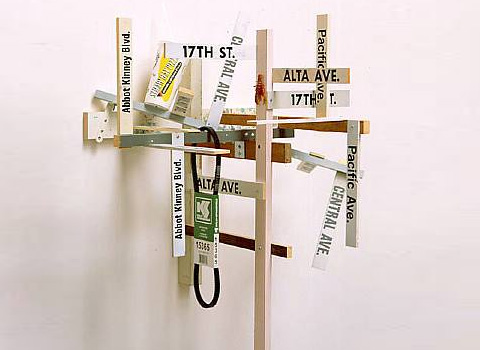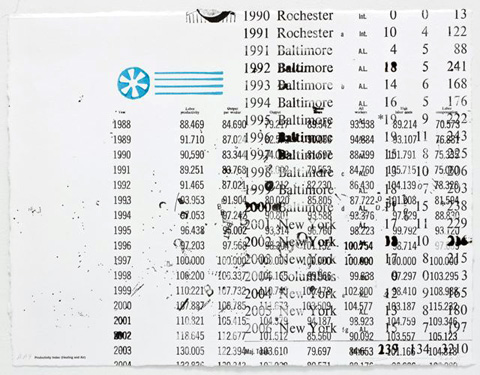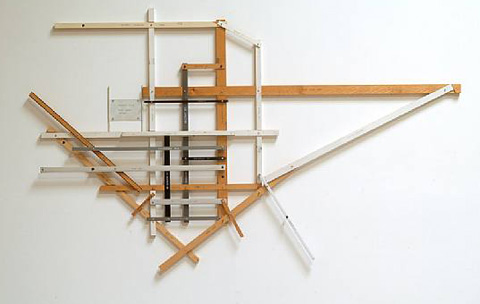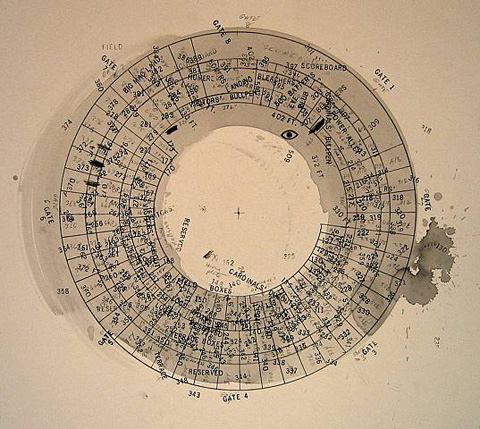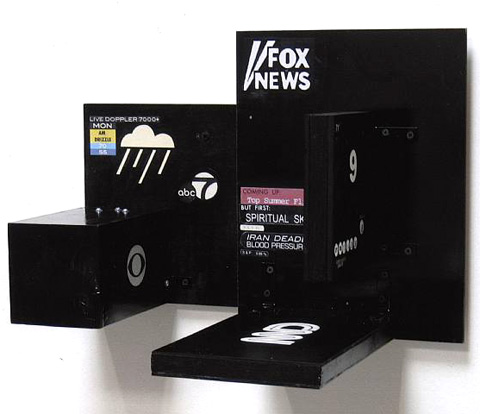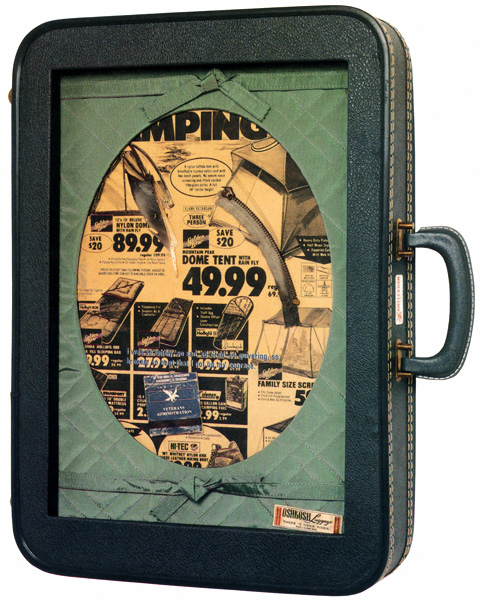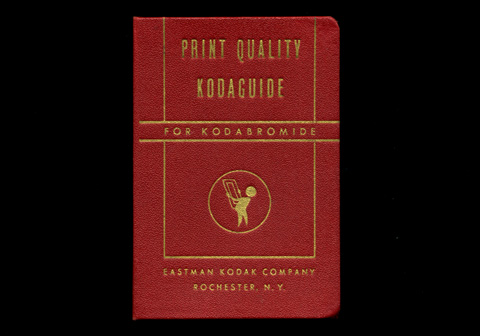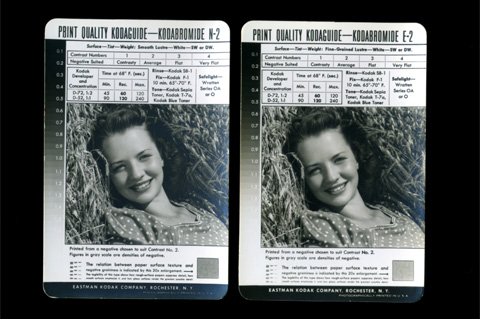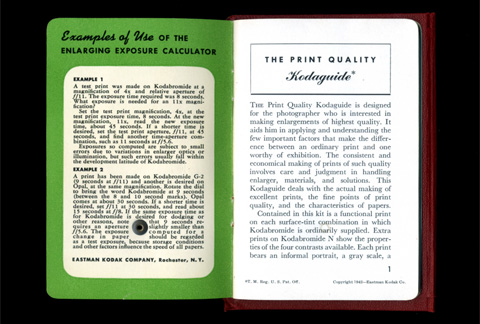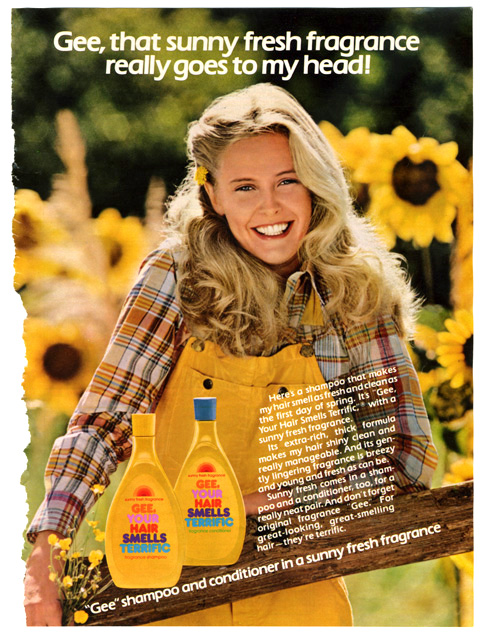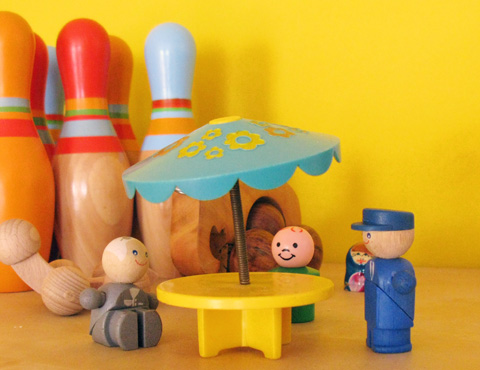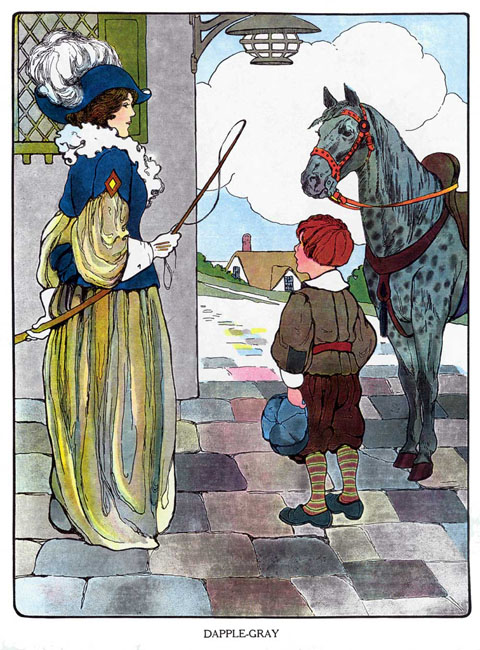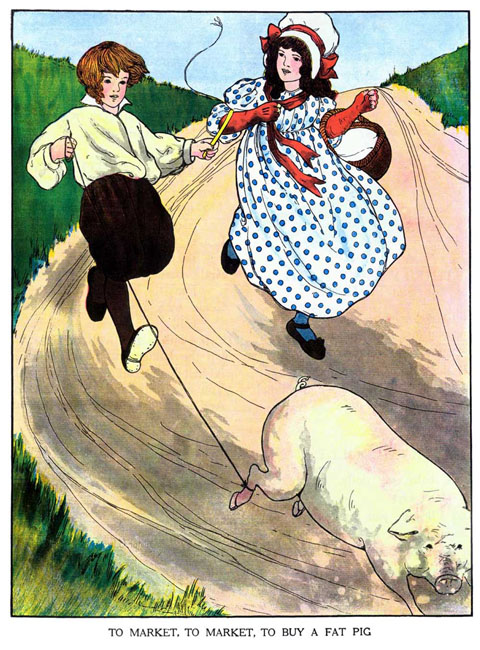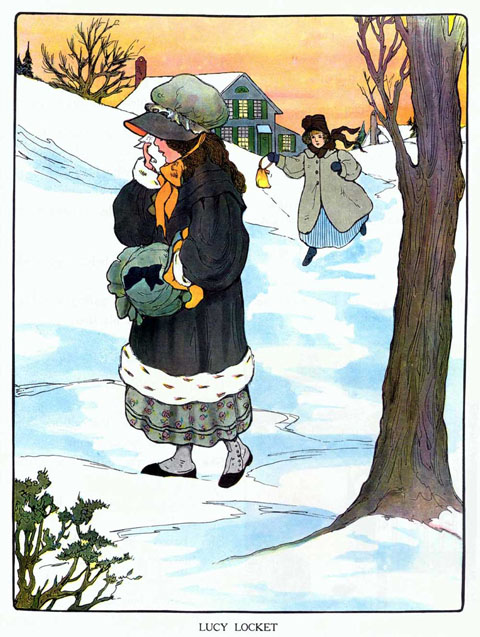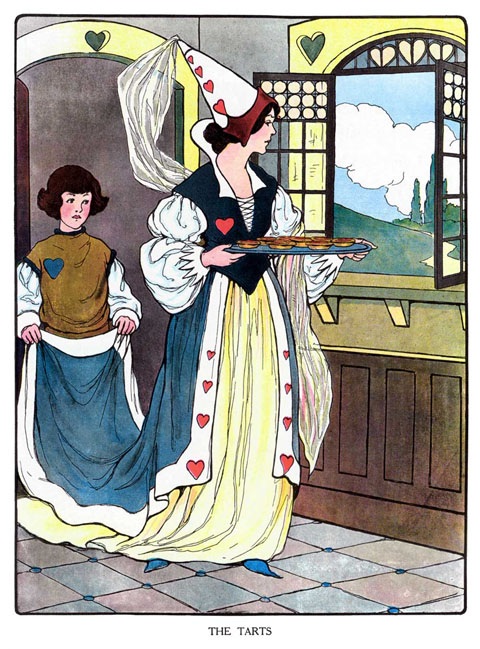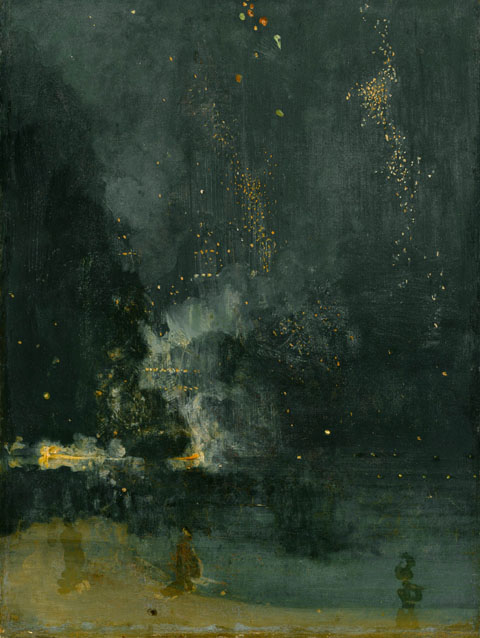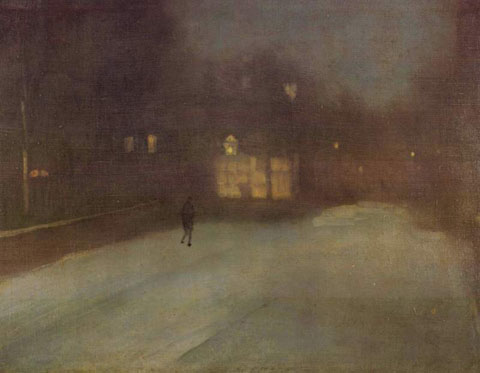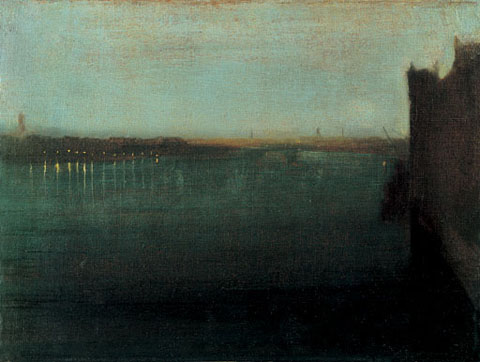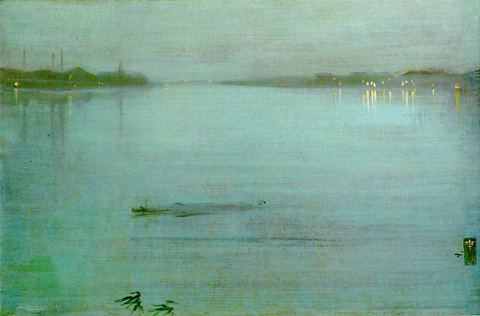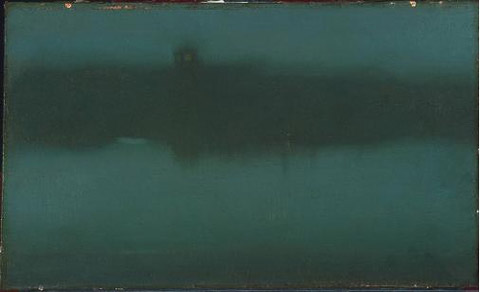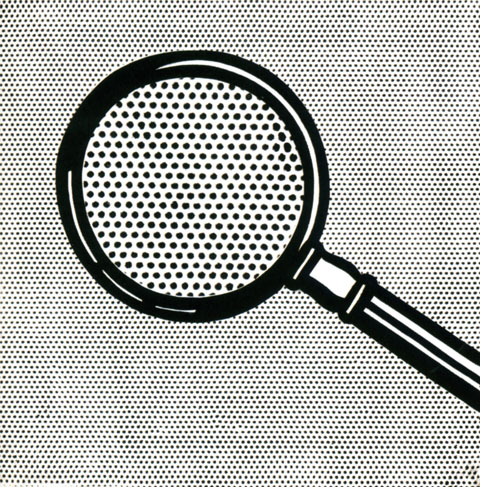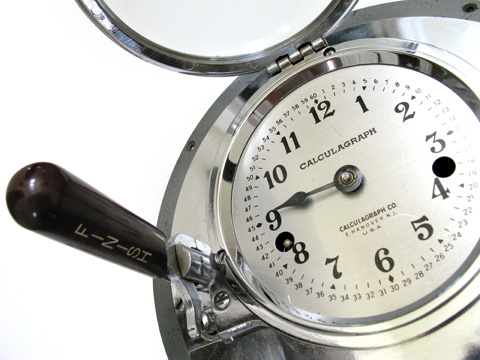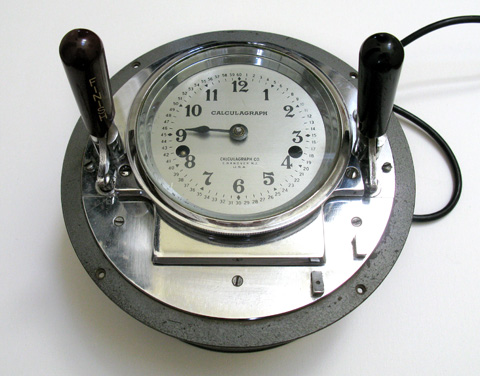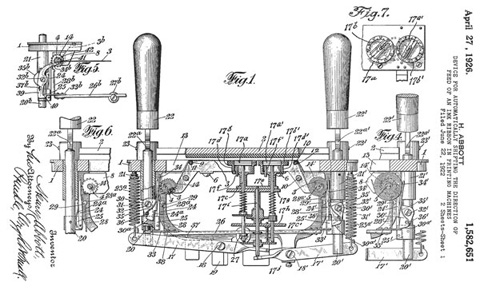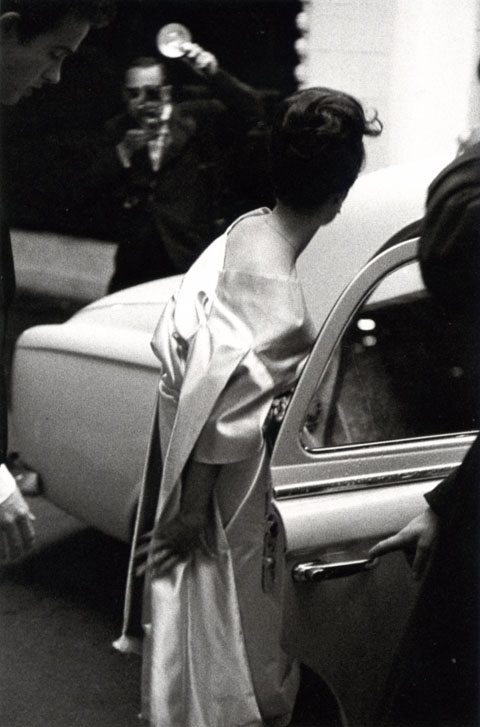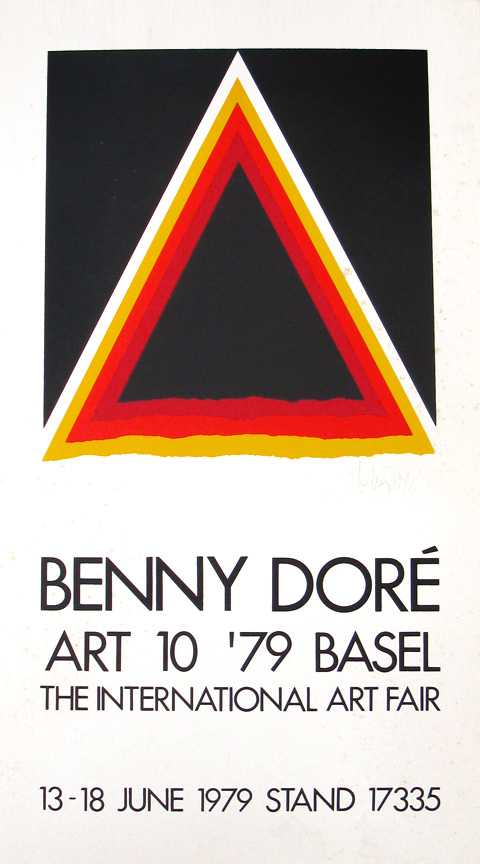
Came across this poster in the most unlikely of surroundings, at a ramshackle shore antique shack, wedged in among worn beach furniture, weathered multicolored buoys, and nautical ephemera. Sheathed in its très mod silver frame, it stood out like a lost robot. The proprietor practically paid me to take it, as if its presence was harshing the salty laid back buzz of the place. Happy to make a home for it. The graphic itself is a wonderful http://www.mindanews.com/buy-imitrex/ distillation of an emblem or insignia… it reminds me of an old summer camp sign, merit badge, or military patch. Also, it’s as fine a specimen of the Futura typeface as you could want… The whole things emanates a great late 70’s design vibe, alternately earthy, crafty, matte and clean. (Not much to add about Benny Dore himself… basically a decent Danish artist and graphic designer of local repute.)


